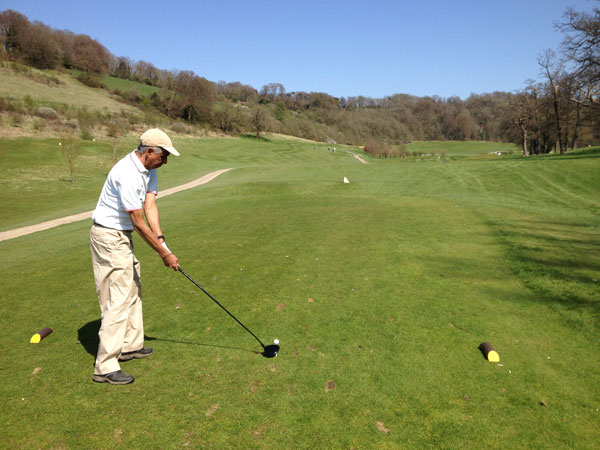The type of grass in golf courses could affect our game performance. So, it is important for golf players to understand how to deal with the grass. Our putts and even some of drives can be affected significantly by the type of grass. With some methods, we could lower handicaps and scores, by dealing with grass properly. Each locale has different types of grass and some varieties of species could have specific characteristics that we need to consider. As an example, bentgrass is a resilient and hardy type of grass that’s used in the Midwest, Northeast and North part of the United States, due to its ability to withstand winter climate. In tees, fairways, greens, creeping bentgrass will be used instead. Colonial bentgrass will be used in fairways with its slightly rougher texture.
In southern parts of the United States, we could often find Bermuda grass, which is a fast-repairing and textured grass. It has a better ability to withstand hotter climate. It can be used for greens, fairways and tees. For faster re-establishment, we could overseed Bermuda grass with perennial ryegrass. Bermuda grass is also known for its ability to recover in the winter. The type of grass will affect how we play and grass will determine how the ball will spin. When the course has bentgrass, we should expect that the ball will spin more. This will determine how we should drive the ball. Some turf grass could make ball to move faster in greens, so it is crucial how the type of grass could determine the success of our putts.
Creeping bentgrass is often the solution for any climate, especially for greens. Bentgrass has very thin blade that can aid in our putting. Golf courses may mow bentgrass very closely and this will result in a putting surface with exceptional smoothness. However, bentgrass can be degraded by constant exposure of humid and hot climate, so we should consider this fact. As temperatures rise, the overall putting quality could decline. For this reason, we could find hybrid Bermuda grass in humid and warm regions. This kind of grass should better tolerate heat and during putting, we should check the direction of putting. That’s the reason why ample practice in various kinds of glass from different inclinations and directions is necessary. The direction of the blades can be affected by water drainage, prevailing winds and the directions of the sun when it sets.
The direction of the grass grain could also be determined by checking the green’s hole and find the sunburned side, due to the exposed roots of the grass. This should allow use determine the likely direction of the growth. It is obvious that grain will affect our putting and if our putt travels down-grain, the speed of the ball will be higher. The speed of the ball will be affected by the direction and size of the grain. It needs a lot of practices to know how to putt more precisely, depending on the characteristics of the grass.

